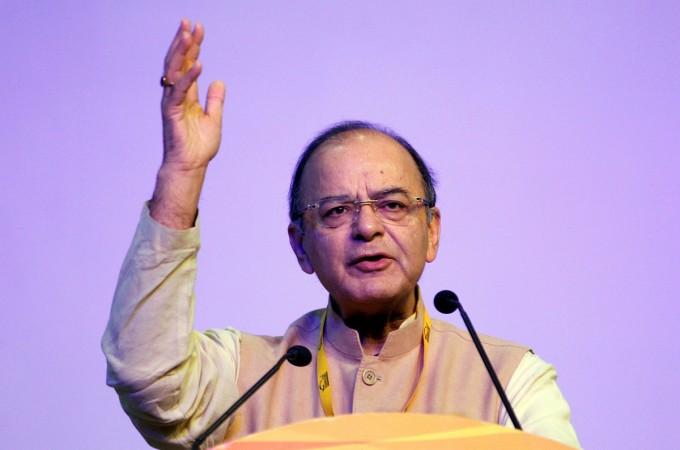
While the nation's attention is riveted on the interim budget's gift of the zero-tax situation for people earning up to Rs 5 lakh, the right investments can save people earning up to Rs 10 lakh a year from paying any tax, experts say.
The provision of allowing a full rebate for net taxable income of up to Rs 5 lakh is a godsend to people earning more. If they can make the right investments to reduce their net taxable income to Rs 5 lakh and file the income-tax return on time, they can walk away without paying anything to the taxman.
It is now known that people grossing Rs 6.5 lakh per annum can bring down the net taxable income to the Rs 5 lakh mark with minimal tax-saving investments. This has been made possible partly by the rise in standard deduction to Rs 50,000 from the current Rs 40,000. This will benefit about 3 crore salary earners leaving the exchequer poorer by about Rs 4,700 crore.
But experts say that even those earning Rs 10 lakh can end up paying nil tax by careful planning and investment. The Income Tax Act has several tax-saving clauses that allow individuals to duck below the tax bracket provided they make the right investments, own two 'self-occupied' houses, and file the tax returns.
First up, a person earning an annual salary of Rs 10 lakh, can deduct up to Rs 50,000 as standard deduction. This will bring down the taxable income to Rs 9,50,000.
The new budget removes the concept of notional rent that used to be added to the taxable income if a taxpayer had a second 'self-occupied' house. But it keeps the statutory 30 percent deduction allowed for the purpose of maintenance of the houses, up to Rs 2,00,000 and this can be deducted from the net taxable income.
An individual can claim a deduction of up to Rs 2,00,000 on the interest paid on a housing loan. However, the total deduction allowed on house maintenance and interest cannot exceed Rs 2,00,000.
Deducting this Rs 2,00,000 will bring down the next taxable income to Rs 7,50,000 from Rs 9,50,000.
The Income Tax Act allows various deduction under section 80C listing a whole lot of savings that are eligible for deductions up to a total of Rs 1,50,000.
The investments allowed under section 80C are Employees Provident Fund/Public Provident Fund (EPF/PPF), the premium paid for life insurance cover, National Savings Certificates (NSC) for five years or ten years, bank fixed deposits (minimum 5 years), post office time deposit (minimum 5 years), deposits in Unit Linked Insurance Plan (ULIP), any other pension fund eligible for 80C deduction, investments in Sukanya Samriddhi Yojana for betterment of the girl child, and the repaid principal amount of the home loan.
The taxpayer can claim an additional deduction on medical insurance premium of up to Rs 50,000 under the section 80D. The break up is up to Rs 25,000 for the insurance of self, spouse, and dependent children and up to Rs 25,000 on the premium paid on the medical insurance cover of parents. If they are above 60 years of age, up to Rs 50,000 of the premium paid for their cover gets the deduction. But the total permissible deduction is Rs 50,000, in addition to the maximum of Rs 1,50,000 under 80C.
The taxpayer can claim an additional deduction of Rs 50,000 for investment in the National Pension Scheme (NPS) under sub-section (1B) of section 80CCD of the Income Tax Act. This is in addition to the maximum of Rs 1,50,000 that 80C allows.
All these section 80 deductions can add up to Rs 2,50,000 reducing the net taxable income to Rs 5 lakh from Rs 7,50,000.
Pending clarification from the government, some reports said full rebate is allowed on any taxable income of up to Rs 5 lakh.
Thus, wise investment can help an individual earning up to Rs10 lakh walk away without paying any income tax.














